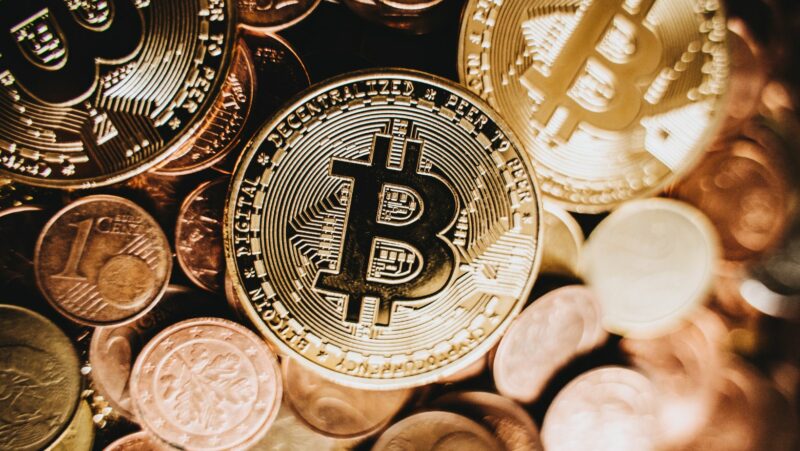
Cryptocurrency mining is the process through which new coins are created. Miners are rewarded with cryptocurrency for verifying and committing transactions to the blockchain public ledger. Ethereum, Bitcoin, Litecoin, Monero, Dash, Zcash, and other cryptocurrencies use proof of work (PoW) mining.
ASIC MINERS
Application-specific integrated circuit (ASIC) miners have taken over cryptocurrency mining. ASICs are specialized hardware that can mine a specific algorithm much faster and more efficiently than GPUs.
GPU MINERS
Graphics processing unit (GPU) miners were once the go-to option for mining. By dedicating powerful graphics cards to the process, miners could verify blocks much faster than CPUs.
CPU MINERS
Central processing units (CPUs) are the basic computing devices in most laptops and desktop computers. In the early days of Bitcoin, it was possible to mine with a CPU. However, as the network grew and became more secure, mining with a CPU became increasingly difficult and unprofitable.
WHAT YOU NEED TO GET STARTED
To start mining cryptocurrency, you’ll need a few basic things:
- A computer with a powerful graphics card or ASIC miner
- A digital wallet to store your coins (see our guide to storing bitcoin)
- Mining software
- A cryptocurrency mining pool (optional)
HOW CRYPTOCURRENCY MINING WORKS
The process of mining cryptocurrency is similar to gold mining. Miners use special software to solve math problems and are issued a certain number of coins in return. This provides a smart way to issue the currency and also creates an incentive for more people to mine.
MINING POOLS
Mining pools are groups of miners that pool their resources together in order to increase their chances of finding a block and receiving a reward. When a block is found, the miners share the rewards according to the amount of work they contributed to finding the block.
MINING SOFTWARE
Mining software is what allows you to mine for cryptocurrency. It’s also the bridge between your mining hardware and the blockchain. The most popular mining software is CGminer and BFGminer, which are command line programs designed for mining with ASICs and GPUs.
WALLETS
A digital wallet is where you store your cryptocurrency. Cryptocurrency wallets come in many forms, including web-based, downloadable, and hardware-based wallets. One of the most popular web-based wallets is Coinbase. Downloadable wallets include Exodus and Jaxx. The Ledger Nano S is an example of a popular hardware wallet.
HOW TO START MINING CRYPTOCURRENCY
Now that you know the basics of cryptocurrency mining, here’s how to get started:
- Step 1: Choose your mining software and wallet
- Step 2: Get a mining rig or ASIC miner
- Step 3: Join a mining pool (optional)
- Step 4: Set up your mining software
- Step 5: Start mining!
MINING ALTERNATIVES
If you don’t want to go through the hassle of setting up and running a miner, there are a few other options:
- Cloud mining: You can rent hash power from a company that owns and operates miners. This leaves the physical hardware and maintenance to someone else.
- Mining contracts: These are like cloud mining, but they usually last for a specific time period and have certain conditions. Be sure to read the fine print before signing any contracts.
- Staking: Some cryptocurrencies, such as Decred and NEO, use an alternative consensus algorithm called proof of stake (PoS). With PoS mining, you can earn rewards for holding coins in your wallet.
How to tell if you have a bitcoin miner
Before you start mining cryptocurrency, it’s important to know what you’re getting into. This guide will give you a basic understanding of cryptocurrency mining and how it works. You’ll also need to choose the right software and hardware for your needs. Happy mining!


